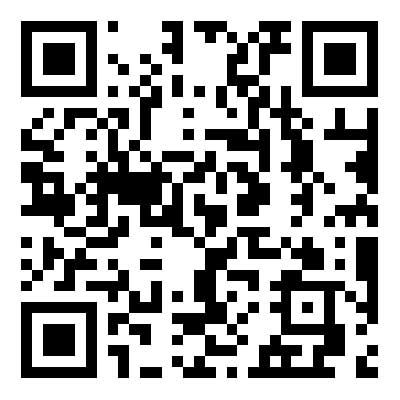Exploring the Range of Real-Time Tracking GPS Trackers: How Far Can They Go
2024-05-13
In an increasingly connected world, real-time tracking GPS trackers have become indispensable tools for various applications ranging from personal safety to asset management. These devices utilize the Global Positioning System (GPS) to accurately determine the location of objects or individuals in real-time. However, one common query that arises is about the range of signal transmission of these trackers.
Exploring Signal Range:
The range of signal transmission for real-time tracking GPS trackers primarily depends on several factors, including the type of tracker, environmental conditions, and the presence of obstacles. Let's delve into each of these aspects:
1. Type of Tracker:
- Cellular-based Trackers: Many real-time tracking GPS devices rely on cellular networks to transmit location data. These trackers can have a wide coverage area, often extending across countries or even continents, depending on the cellular network coverage.
- Radio Frequency (RF) Trackers: Some trackers use RF technology for transmission, which typically have a shorter range compared to cellular-based trackers. The range can vary from a few hundred feet to several miles, depending on the power of the transmitter and any interference in the environment.
2. Environmental Conditions:
- Urban Areas: In densely populated urban areas with tall buildings, the signal may encounter interference or obstacles, reducing the effective range of the tracker.
- Rural Areas: In open rural areas with fewer obstructions, the signal can travel over longer distances without encountering significant interference.
- Weather Conditions: Adverse weather conditions such as heavy rain, snow, or fog can attenuate the signal and reduce the range of transmission.
3. Presence of Obstacles:
- Physical Obstacles: Buildings, mountains, and other physical structures can obstruct the signal transmission, limiting the effective range of the tracker.
- Electromagnetic Interference: Electronic devices and power lines can introduce electromagnetic interference, affecting the strength and clarity of the signal.
Practical Considerations:
When choosing a real-time tracking GPS tracker, it's essential to consider the specific requirements of your application and the factors that may impact signal range. Here are some practical considerations:
1. Coverage Area: Determine the area over which you need to track the device and choose a tracker with an appropriate signal range to cover that area effectively.
2. Power Source: Consider the power source of the tracker, as battery-powered devices may have limitations on signal range compared to those with a continuous power supply.
3. Data Plan: For cellular-based trackers, ensure that you have a suitable data plan that offers coverage in the areas where the device will be used.
4. Testing: Before deploying the tracker for real-world applications, conduct thorough testing to assess the signal strength and range in various environments.
Conclusion:
The range of signal transmission for real-time tracking GPS trackers varies depending on factors such as the type of tracker, environmental conditions, and obstacles present in the surroundings. By understanding these factors and considering practical considerations, you can choose a tracker that meets your specific needs and ensures reliable tracking capabilities. Whether it's for personal safety, fleet management, or asset tracking, real-time GPS trackers offer invaluable peace of mind and security in an increasingly dynamic world.



